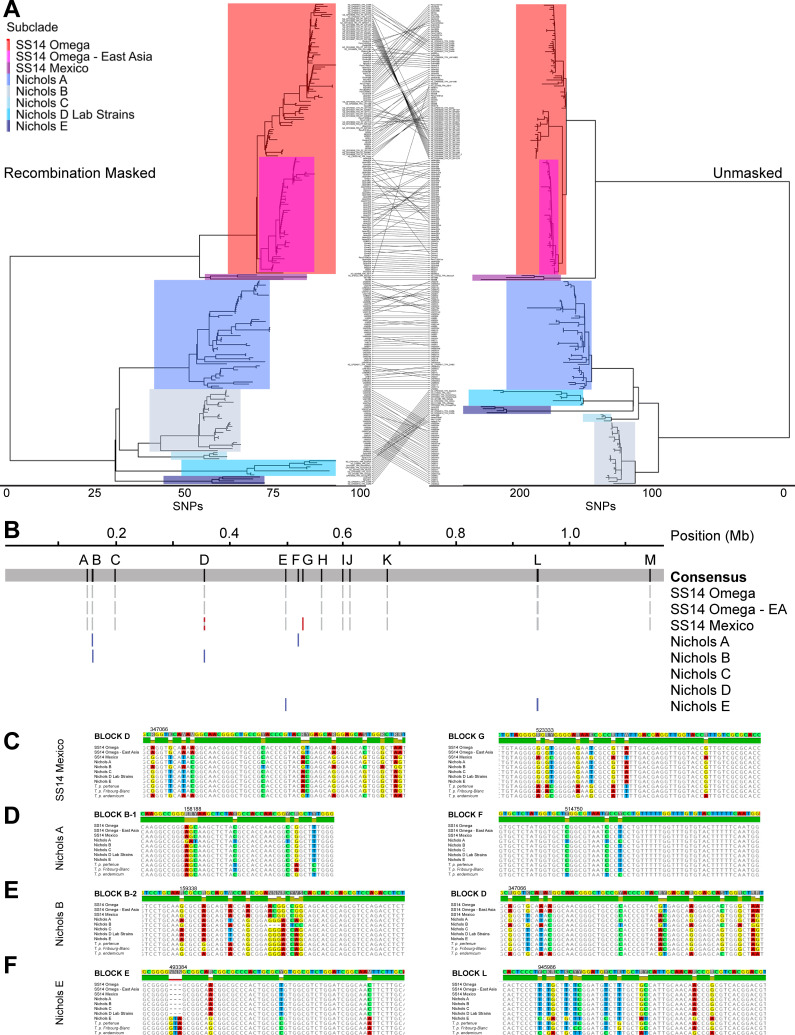Fig 2. Effect of recombination on T. pallidum subsp. pallidum evolution.
A) Recombination-masked (left) and unmasked (right) phylogenies, with equivalent subclades highlighted. Relative position of each tip is traced between the two panels. B) Putative recombinogenic regions in each clade. Genomic position is relative to the length of the MAFFT alignment. Consensus alignment of all tips is shown on the grey panel, with recombination blocks lettered above. Grey blocks represent recombination that occurred during evolution of the SS14 clade. Red and blue blocks represent recombination events unique to each clade. Mixed grey and colored blocks are regions of ancestral recombination that had a second event unique to that clade. C-F) Two example regions of recombination in SS14 Mexico (C), Nichols A (D), Nichols B (E), and Nichols E (F). Genomic position of the first divergent base in the window shown are shown with NC_021508.1 numbering.

